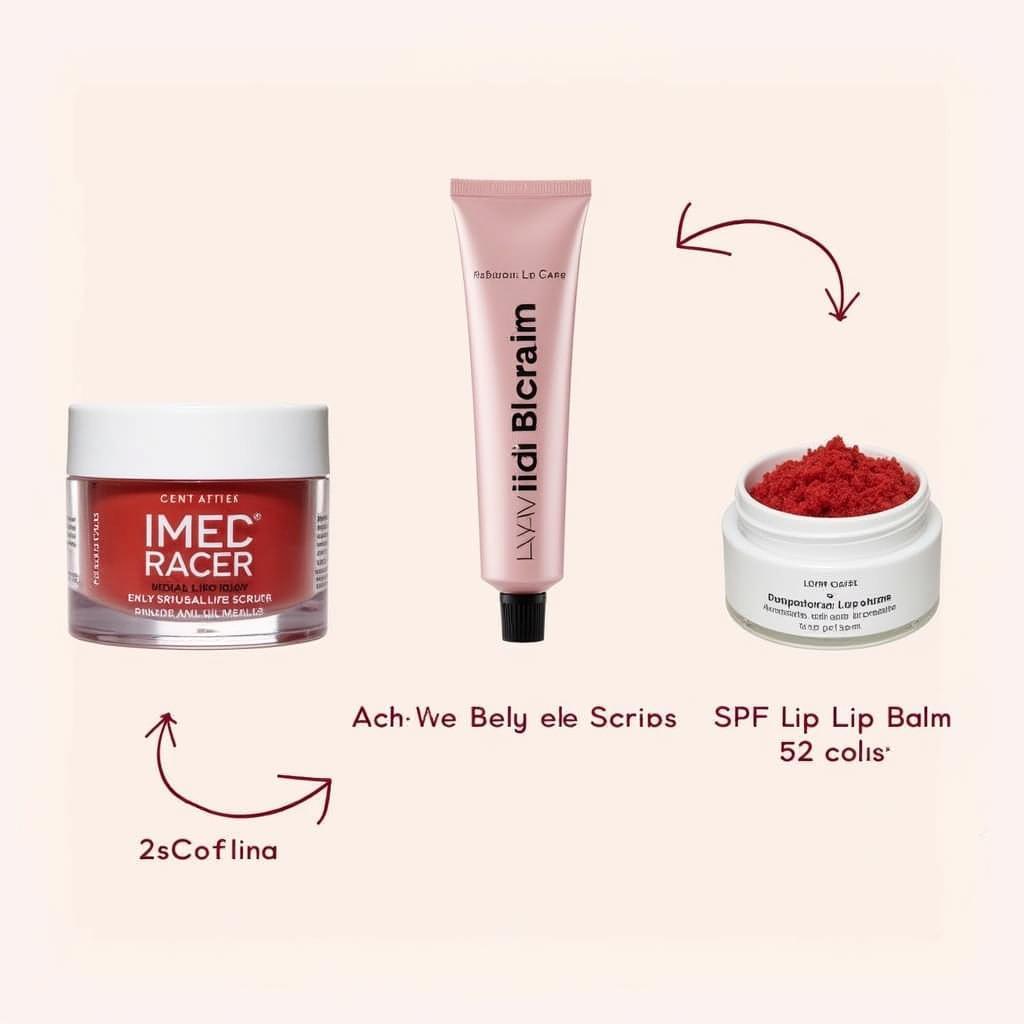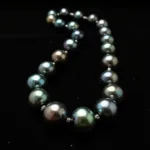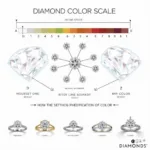What color are lips? That’s a question with a more complex answer than you might think. While we often picture a classic rosy hue, natural lip color varies considerably from person to person, influenced by genetics, ethnicity, and even overall health. This article dives into the fascinating world of lip color, exploring its natural variations, the impact of makeup, and how to choose the perfect shades to enhance your unique beauty.
Understanding the natural color of your lips is the first step in choosing lipstick or other lip products. Lip color is primarily determined by the concentration of melanin in the skin. Just like skin tone, higher melanin levels result in darker lip colors, ranging from deep browns and purples to rich reds. Lower melanin concentrations lead to lighter shades, such as pinks and peaches. Want to know what lipstick color suits you best? Check out this helpful guide: what lipstick color looks best on me.
Decoding Natural Lip Color
Several factors contribute to the natural hue of your lips. Genetics play a significant role, inheriting lip color from your parents and ancestors. Ethnicity also influences lip pigmentation, with individuals of different ethnic backgrounds often exhibiting distinct lip color ranges. Beyond these inherent factors, blood circulation affects lip color. Increased blood flow can make lips appear brighter and redder, while reduced circulation can cause them to look paler. Even overall health can impact lip color; certain medical conditions can cause changes in lip pigmentation.
The Art of Enhancing Lip Color with Makeup
Makeup allows for endless creativity in expressing personal style and enhancing natural features, and lips are no exception. Lipstick, lip gloss, lip stain, and lip liner are all tools that can transform lip color, adding a touch of vibrancy or creating a bold statement. Choosing the right shade depends on various factors, including skin tone, undertones, and the desired look.
Choosing the Perfect Lipstick Shade
Selecting the ideal lipstick shade can be a journey of self-discovery. Consider your skin’s undertones – are they warm, cool, or neutral? Warm undertones pair well with peachy, coral, and brown-based shades. Cool undertones complement pink, berry, and mauve tones. Neutral undertones offer the most versatility, allowing for experimentation with a wider range of colors. Are you looking for a lipstick that brightens your smile? This article might help: what color lipstick makes teeth look white.
The Impact of Lip Gloss and Lip Stain
Lip gloss adds shine and dimension, creating a fuller, more luscious appearance. It can be worn alone or layered over lipstick for added impact. Lip stain offers a long-lasting, often matte finish, perfect for those seeking a low-maintenance yet vibrant look. Experimenting with different textures and finishes can dramatically alter the overall effect.
Beyond Makeup: Lip Care for Healthy Color
Maintaining healthy lips is essential for achieving naturally vibrant color. Hydration is key; drinking plenty of water and using a moisturizing lip balm can prevent dryness and chapping, promoting healthy circulation and enhancing natural lip color. Exfoliating lips gently removes dead skin cells, revealing smoother, more radiant skin beneath. Protecting lips from sun exposure with SPF lip balm is crucial for preventing discoloration and maintaining overall lip health. For mature women looking for advice on lipstick shades, this resource might be helpful: what color lipstick should an older woman wear.
 Essential Lip Care Products for Maintaining Healthy Lip Color
Essential Lip Care Products for Maintaining Healthy Lip Color
Conclusion
What color are lips? As we’ve explored, the answer is multifaceted and deeply personal. From the subtle variations in natural pigmentation to the transformative power of makeup, lip color is a fascinating aspect of individual beauty. By understanding your natural lip color and exploring the vast world of lip products and care techniques, you can embrace and enhance your unique beauty, expressing your personal style with confidence.
FAQ
-
What is the most common natural lip color? Shades of pink and red are the most commonly observed natural lip colors.
-
Can lip color change over time? Yes, lip color can be affected by factors like sun exposure, aging, and certain medical conditions.
-
How can I make my lips look fuller naturally? Staying hydrated, exfoliating, and using lip gloss can create the illusion of fuller lips.
-
Is it important to use lip balm with SPF? Yes, protecting lips from sun damage is essential for maintaining healthy color and preventing premature aging.
-
How can I choose the right lip liner shade? Choose a lip liner that closely matches your lipstick or natural lip color for a seamless look.
Are you curious about celestial events like eclipses? We have articles covering topics like eclipse visibility in Colorado: will colorado see the solar eclipse and when does the eclipse start in colorado.
Need further assistance with color selection or home design? Contact us at Phone Number: 0373298888, Email: [email protected] or visit our address: 86 Cầu Giấy, Hà Nội. Our customer service team is available 24/7.

